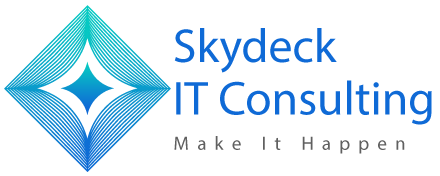IT Service Management (ITSM) is a well-established method for overseeing and providing IT services to ensure organizations operate smoothly and effectively. Although managing IT services is feasible without ITSM, doing so consistently and efficiently can be challenging. The significance of IT within organizations has grown significantly, with its influence continuing to expand.
Services
ITSM Tool Implementation
An ITSM tool refers to a workflow management system that offers a range of advantageous features for IT teams. These tools have undergone significant advancements to assist organizations in enhancing service delivery, promoting transparency, and facilitating communication. To gain a comprehensive understanding of the significance of ITSM tools for your business, we recommend referring to the informative article published in Information Age.
Failure to manage IT departments properly can result in significant adverse effects on businesses. The insights provided in the Entrepreneur article were valuable in understanding the importance of ITSM. It is crucial to pinpoint the essential metrics, monitor your project progress, and communicate your findings through your ITSM tool. Effective solutions will enable you to enhance the performance of different departments by demonstrating their significance and contribution to the business.
After considering the maturity of your IT processes, the tools in place, the discussions with industry experts, and other factors, it is now time to focus on the features. Each solution will offer a range of features and capabilities. By understanding your specific needs, as outlined in the previous steps, you will be better prepared to find the optimal solution for your business. Some important considerations include:
To achieve this, we have outlined seven steps that you should follow for a seamless ITSM tool implementation, which will not only benefit your organization in the present but also in the long run.
- Assess the level of maturity in your processes: discover the perfect match.
- Evaluate the suitability of the ITIL® framework for your organization
- Consider long-range implications: prioritize flexibility over templates.
- Ensure your project caters to both IT and non-IT requirements.
- Rely on feedback from actual users before expert comparisons.
- Seek a lasting collaboration, not just a vendor.
- Explore the various license types and available options.
- Support for implementing best practices frameworks like ITIL incident, problem, and change management.
- The ability to automatically assign tickets based on specialization or skills.
- Integration or support for asset management to effectively track, manage, and maintain IT assets, including software and licenses.
- Flexibility to change deployment models (e.g., from onsite to cloud or vice versa) to accommodate evolving business needs.
- Support for integrating with third-party solutions that your business relies on, such as asset management, remote management, mobile device management, and authentication.
- Easy configuration and modification without the need for costly programmers, ensuring fast setup with minimal overhead.
- Comprehensive dashboards, statistics, and real-time dynamic reports.
- Support for migrating data from existing tools and solutions to the new ITSM solution.
Consider these factors carefully to ensure that the chosen ITSM solution aligns with your organization’s requirements and goals.
We lead with quality
We prioritize quality and discipline across all aspects of our services
We Improve Everyday
We leverage Bayesian techniques to perform accurate predictive and preventive analysis
Why Choose Us ?

We are malleable
Our flexible contract structures allow space for both growth and shrinkage
We are adaptable
Our integrated toolset and support operations makes scaling easy and enables the team to adapt

